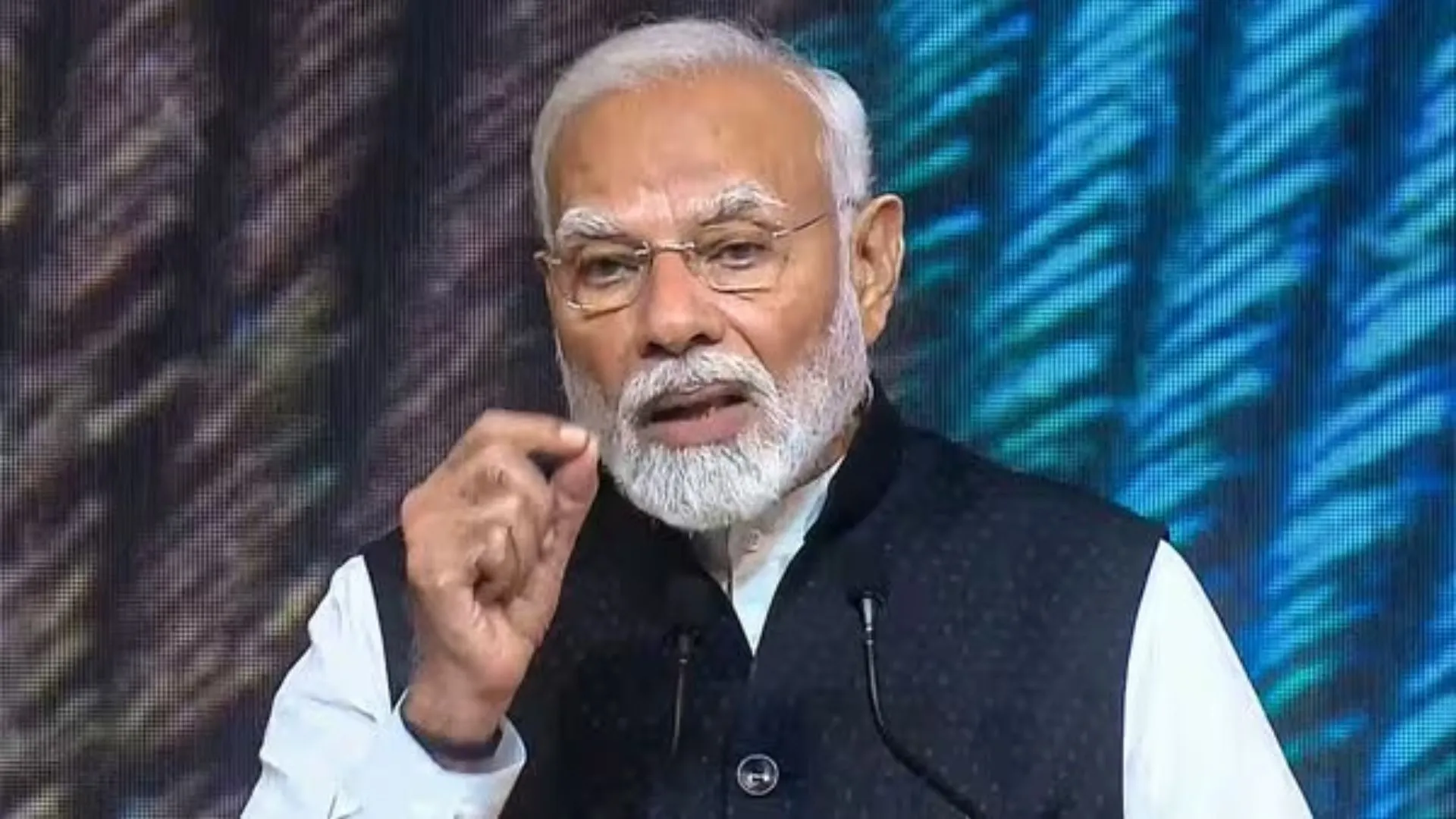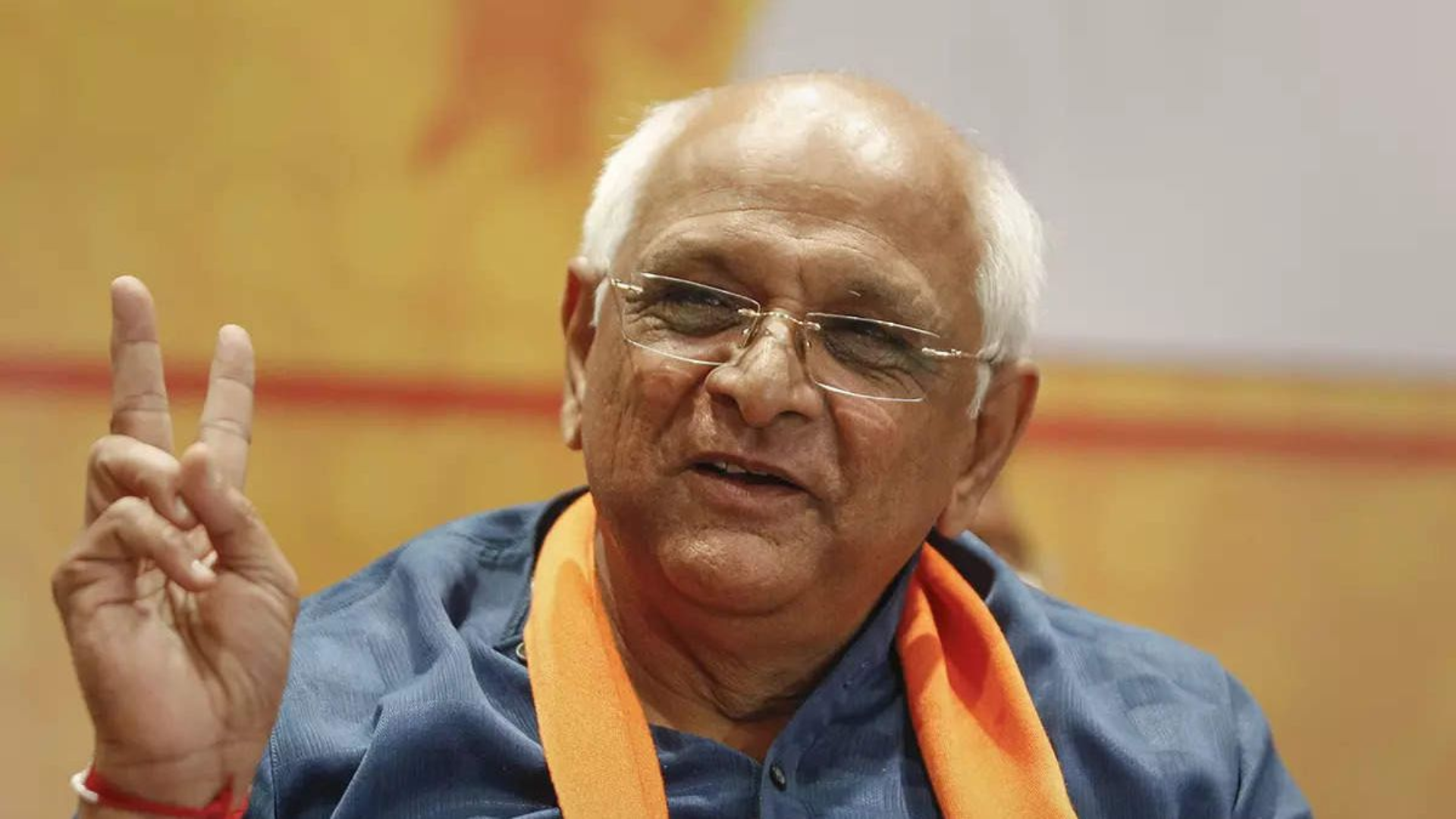As Prime Minister Narendra Modi completes 23 years in public office this Monday, his journey from Gujarat’s Chief Minister to the nation’s leader has been marked by transformative reforms and visionary initiatives that have left a lasting impact on both his home state and India.
On this milestone, let’s take a look back at how Modi’s rise to power began, tracing his path to becoming Gujarat’s Chief Minister and ultimately, the face of India’s leadership.
PM Modi’s Early Political Journey
Having begun his journey as an ordinary RSS pracharak, Narendra Modi steadily rose through the ranks to become a prominent leader within the Bharatiya Janata Party (BJP). By 2001, he had already devoted three decades to public service.
Widely known among his colleagues as “NaMo,” Modi played a pivotal role in establishing the BJP’s presence in Gujarat.
As the State BJP Organizing Secretary, he was instrumental in breaking into Congress-dominated regions—a significant feat, given that the BJP was nearly non-existent in Gujarat during the 1980s. In 1984, the BJP held only one parliamentary seat in the state- AK Patel from Mehsana.
Winning Ahmedabad Municipal Corporation
A gifted orator, Modi’s leadership attracted many young intellectuals to the BJP. Under his guidance, the party achieved a major milestone by gaining control of the Ahmedabad Municipal Corporation. This success in local politics not only bolstered Modi’s reputation within the BJP, it also set the stage for future victories.
By 1990, the BJP secured over 60 seats in the Gujarat Assembly, forming a coalition government with Chimanbhai Patel’s Janata Dal. Although the alliance dissolved in 1992 during the Ram Janmabhoomi Movement, Modi’s influence in state politics continued to grow.
Later, he had established himself as a key national figure in the BJP. He was the principal organizer of two major national campaigns:- L.K. Advani’s Somnath-to-Ayodhya yatra in 1991 and Murli Manohar Joshi’s Kanyakumari-to-Kashmir yatra.
Subsequently he organized various yatras within Gujarat. As a result, it further strengthened his political influence.
But the major turning point for BJP came in 1995, when the party under Modi’s strategic brilliance won the 1995 Gujarat Assembly elections, securing 121 of the 182 seats.
His growing influence led to his reassignment to New Delhi, where he further expanded the BJP’s footprint in states like Haryana and Himachal Pradesh.
Gujarat Earthquake: The Defining Moment
However just as India was preparing for Republic Day, Gujarat was struck by a devastating earthquake on January 26, 2001.
The natural disaster left the state in ruins, and Modi, though not holding any government position at the time, returned to Gujarat to assist in the recovery efforts.
But during this time, his leadership turned disaster into opportunity. With the help of his extensive network within the RSS the BJP, and various non-governmental organizations, he coordinated relief efforts on the ground. He personally visited villages, engaging with local communities and assessing their needs.
As a result, this selfless service won Modi widespread admiration and solidified his standing within the BJP. As the party faced internal challenges in Gujarat, it became clear that only Modi could revive the state unit.
By October 2001, the BJP high command recognized that Gujarat needed a strong leader to navigate the state through its post-earthquake recovery and the upcoming 2003 Legislative Assembly elections.
Although Modi had never contested an election, his reputation as a master strategist and proven administrator made him the ideal candidate, but eventually accepted the challenge to lead Gujarat. His task was to restore the BJP’s position in the state and rebuild Gujarat’s fortunes after the devastating earthquake.
Later on October 7, 2001, Narendra Modi was unanimously elected as the leader of the BJP legislature party and took the oath as Gujarat’s 14th Chief Minister.
This marked the beginning of a new chapter in Modi’s leadership journey—one that would eventually lead him to become the Prime Minister of India.
Must Read: PM Modi Reaffirms India As ‘First Responder’ In Talks With President Muizzu


















